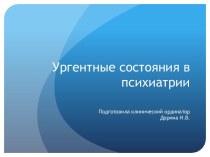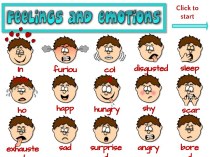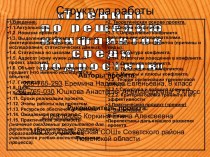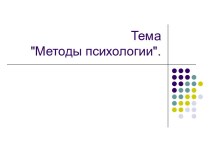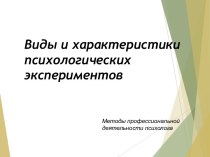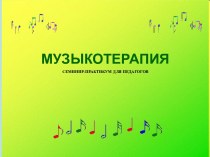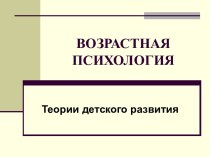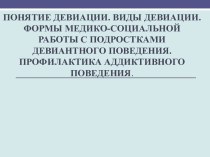- Главная
- Разное
- Бизнес и предпринимательство
- Образование
- Развлечения
- Государство
- Спорт
- Графика
- Культурология
- Еда и кулинария
- Лингвистика
- Религиоведение
- Черчение
- Физкультура
- ИЗО
- Психология
- Социология
- Английский язык
- Астрономия
- Алгебра
- Биология
- География
- Геометрия
- Детские презентации
- Информатика
- История
- Литература
- Маркетинг
- Математика
- Медицина
- Менеджмент
- Музыка
- МХК
- Немецкий язык
- ОБЖ
- Обществознание
- Окружающий мир
- Педагогика
- Русский язык
- Технология
- Физика
- Философия
- Химия
- Шаблоны, картинки для презентаций
- Экология
- Экономика
- Юриспруденция
Что такое findslide.org?
FindSlide.org - это сайт презентаций, докладов, шаблонов в формате PowerPoint.
Обратная связь
Email: Нажмите что бы посмотреть
Презентация на тему Psychology. Research Methods and Ethics in Psychology
Содержание
- 2. Science/EmpiricismGoals of the Scientific Method:Description and MeasurementUnderstanding and PredictionApplication and ControlTypes of Explanation ? Theories
- 3. Steps in the Scientific ProcessObservation ? The
- 4. Types of ResearchDescriptive ResearchAccurate & systematic measurementIncreases
- 5. Three Descriptive ApproachesNaturalistic ObservationObserving others--people watchers?Case StudyOne of, Case Study ResearchSurveysTools: Questionnaires or interviews
- 6. Random Sampling: Generalizability
- 7. CorrelationCorrelation: Two variables are said to be
- 8. CorrelationCorrelation coefficient: Measure of the direction and
- 9. Three Kinds of Correlations
- 10. Positive Correlations of Different Strengths
- 11. Experiments: Logic & DefinitionA research method
- 12. Variables: IV and DVIndependent Variable: ManipulatedCalled that
- 13. Elements of an ExperimentOther VariablesExtraneousConfoundingExperimental GroupControl GroupRandom Assignment (Random Sampling?)VERY IMPORTANT
- 14. Random Assignment: Equivalent Groups
- 15. Elements for Inferring CausationRandom assignmentEquivalent groupsControl of all other factorsOperational definitionsTemporally orderedI.V. → D.V.
- 16. Limitations of ExperimentsSampling bias Limits generalizabilityExperimenter Bias Placebo EffectsDemand Characteristics Lab to Life?
- 17. StatisticsWhy?Central TendencymeanmedianmodeVariabilityInferential StatisticsStatistical Significance
- 18. Brief History of EthicsThe Nuremberg Code1948The Tuskegee
- 19. Ethics – Humans in ResearchDesigning an Ethical Studyobtaining informed consentdeceptionallowing subjects to withdrawdata confidentialitydebriefing subjectsdehoaxingdesensitizing
- 20. EthicsAnimals in Researchprotection through regulationswhat have we
- 21. SummaryQuestion ? hypothesis (prediction)Choose a research method,
- 22. Focus questions:What is the scientific method?Why can
- 23. How do people respond when they know
- 24. What’s the difference between a positive and
- 25. Скачать презентацию
- 26. Похожие презентации
Science/EmpiricismGoals of the Scientific Method:Description and MeasurementUnderstanding and PredictionApplication and ControlTypes of Explanation ? Theories







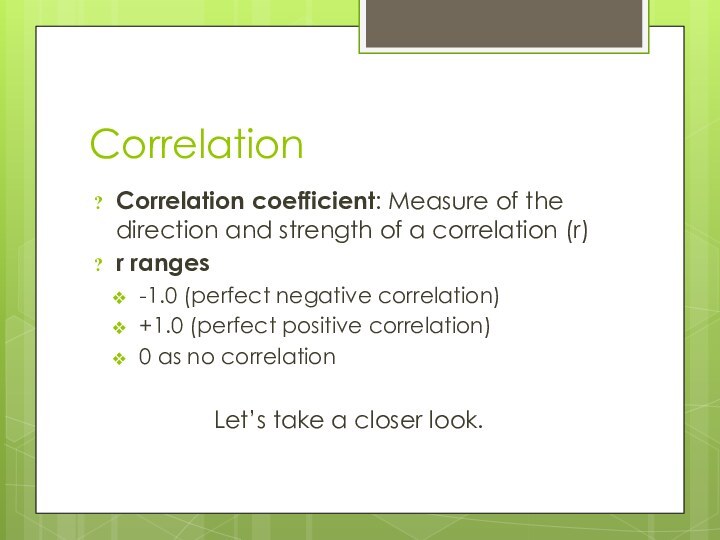











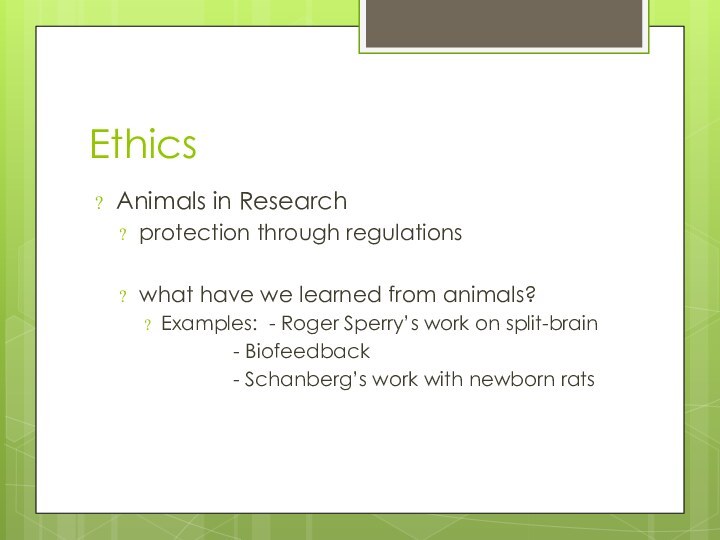




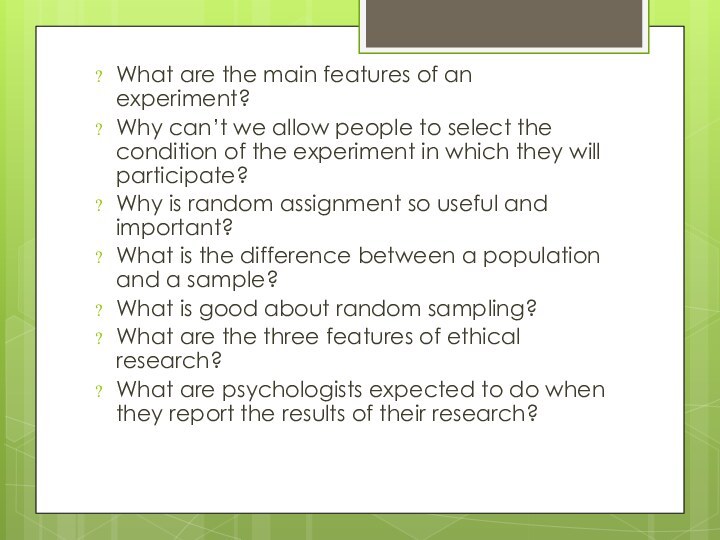
Слайд 2
Science/Empiricism
Goals of the Scientific Method:
Description and Measurement
Understanding and
Prediction
Слайд 3
Steps in the Scientific Process
Observation ? The art
of looking
Develop hypothesis (if/then)
Test hypothesis using empirical method
Design
study ? complexity, variability and reactivitycollect data
Analyze data & interpret findings
Findings support/refute theory?
Test again - (new?) hypotheses
Replications
Publication
Слайд 4
Types of Research
Descriptive Research
Accurate & systematic measurement
Increases awareness
of multiple variables
Correlational/Non-experimental Research
Association between variables
Predict relations between variables
Experimental
ResearchEstablish cause and effect relations
Слайд 5
Three Descriptive Approaches
Naturalistic Observation
Observing others--people watchers?
Case Study
One of,
Case Study Research
Surveys
Tools: Questionnaires or interviews
Слайд 7
Correlation
Correlation: Two variables are said to be correlated
when variations in the value of one variable are
synchronized with variations in the value of the otherPositive correlation: both variables increase or decrease together
Negative correlation: as one variable increases, the other decreases
Слайд 8
Correlation
Correlation coefficient: Measure of the direction and strength
of a correlation (r)
r ranges
-1.0 (perfect negative correlation)
+1.0 (perfect
positive correlation)0 as no correlation
Let’s take a closer look.
Слайд 11
Experiments:
Logic & Definition
A research method in which
the investigator manipulates a variable under controlled conditions and
observes whether any changes occur in a second variable
Слайд 12
Variables: IV and DV
Independent Variable: Manipulated
Called that because
we vary it independently of the other factors -
to see if it has an effect on the other variable of interestDependent Variable: Measured
Called that because it is hoped that it will vary as a result of the impact of the independent variable
Слайд 13
Elements of an Experiment
Other Variables
Extraneous
Confounding
Experimental Group
Control Group
Random Assignment
(Random Sampling?)
VERY IMPORTANT
Слайд 15
Elements for Inferring Causation
Random assignment
Equivalent groups
Control of all
other factors
Operational definitions
Temporally ordered
I.V. → D.V.
Слайд 16
Limitations of Experiments
Sampling bias
Limits generalizability
Experimenter Bias
Placebo
Effects
Demand Characteristics
Lab to Life?
Слайд 17
Statistics
Why?
Central Tendency
mean
median
mode
Variability
Inferential Statistics
Statistical Significance
Слайд 18
Brief History of Ethics
The Nuremberg Code
1948
The Tuskegee Experiment
1932
– 1972
US Public Health Service
Development of APA Code of
Ethicsfirst published in 1953
Слайд 19
Ethics – Humans in Research
Designing an Ethical Study
obtaining
informed consent
deception
allowing subjects to withdraw
data confidentiality
debriefing subjects
dehoaxing
desensitizing
Слайд 20
Ethics
Animals in Research
protection through regulations
what have we learned
from animals?
Examples: - Roger Sperry’s work on split-brain
- Biofeedback
- Schanberg’s
work with newborn rats
Слайд 21
Summary
Question ? hypothesis (prediction)
Choose a research method, design
the study
Descriptive?
Correlational/Non-experimental?
Experimental?
Need to consider
IV, DV ? operational definitions
Limitations of
chosen methodEthics
Слайд 22
Focus questions:
What is the scientific method?
Why can theories
be proven wrong but not right?
What makes human beings
especially difficult to study?What are the properties of a good operational definition?
Слайд 23 How do people respond when they know they’re
being observed?
Why is it important for subjects to be
“blind”?Why is it important for experimenters to be “blind”?
What are the two major kinds of descriptive statistics?
What are two measures of variability?
How can we tell if two variables are correlated?
Слайд 24 What’s the difference between a positive and a
negative correlation?
How can correlations be measured?
What does it mean
for a correlation to be strong?Why can’t we use natural correlations to infer causality?
What is third-variable correlation?




